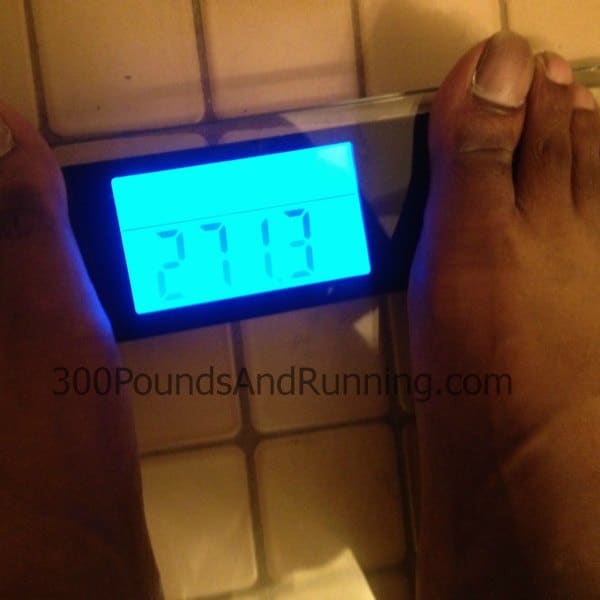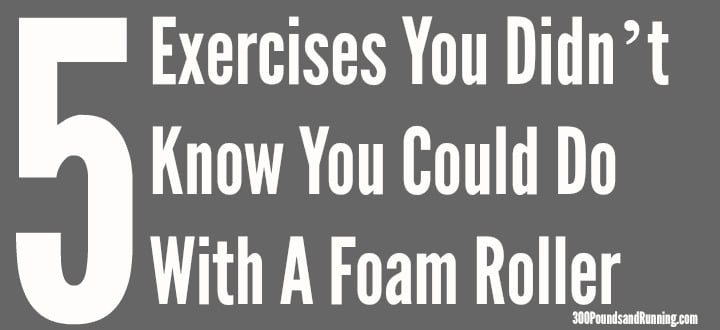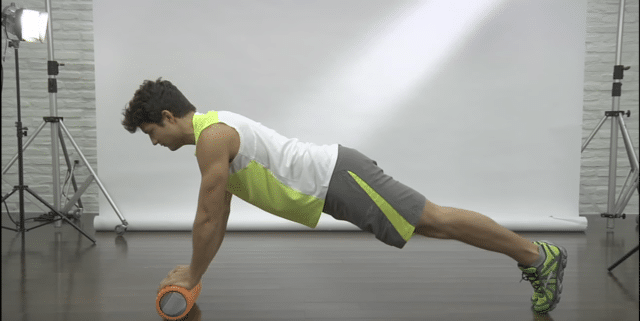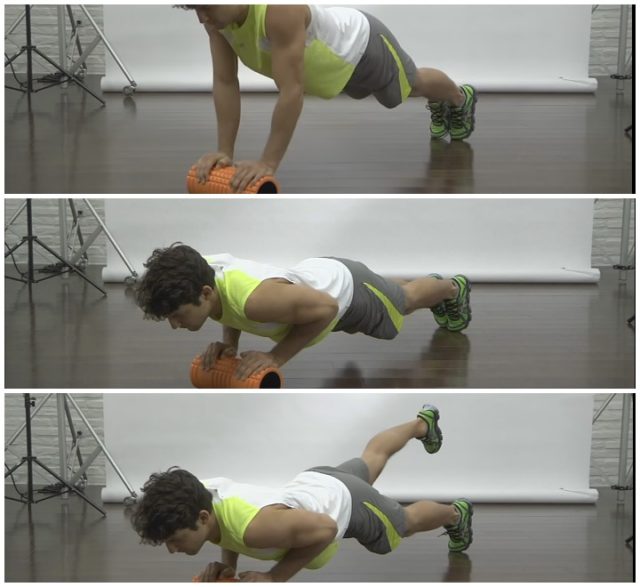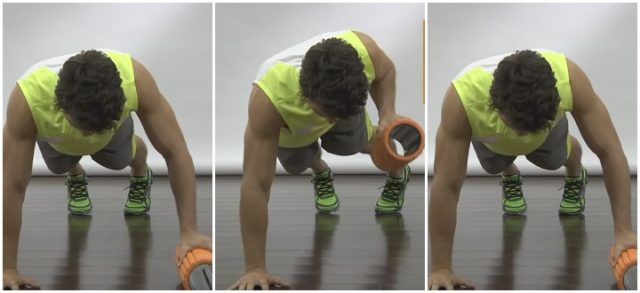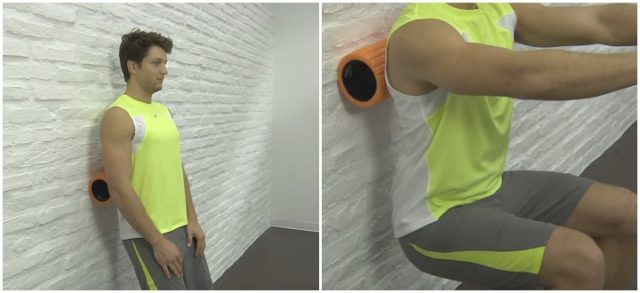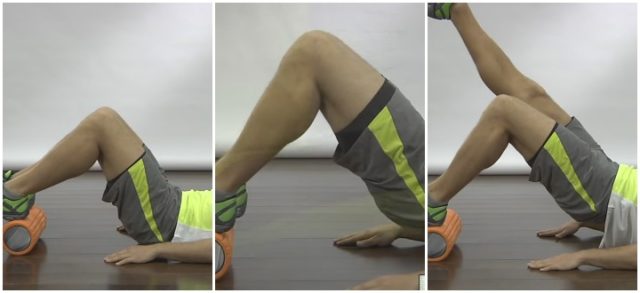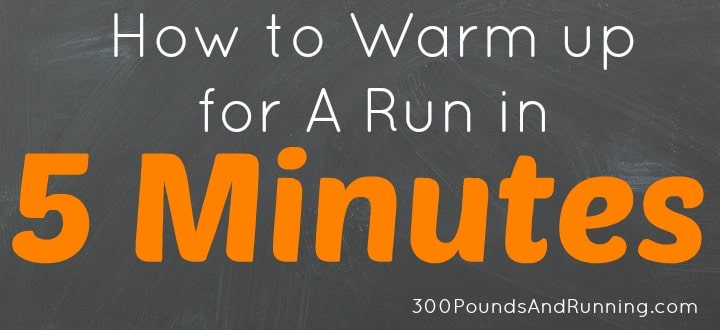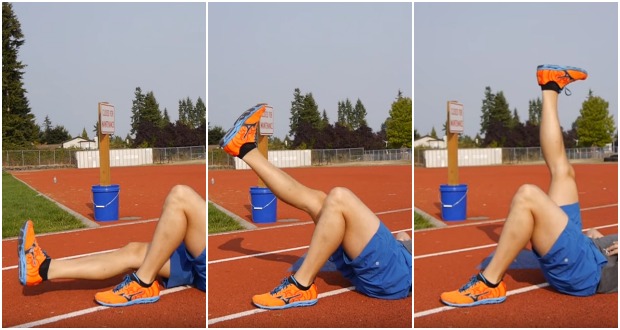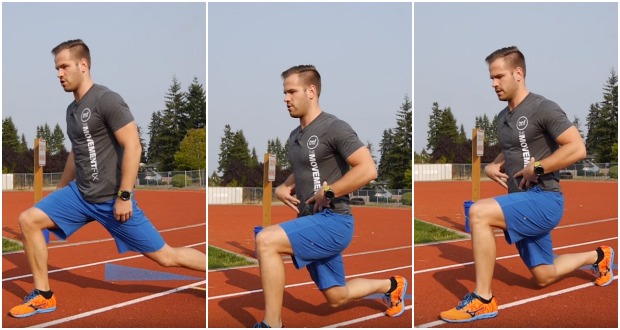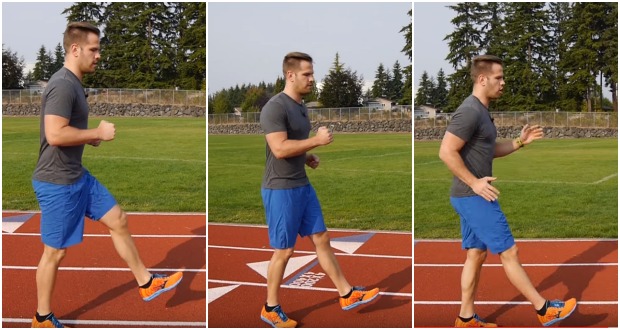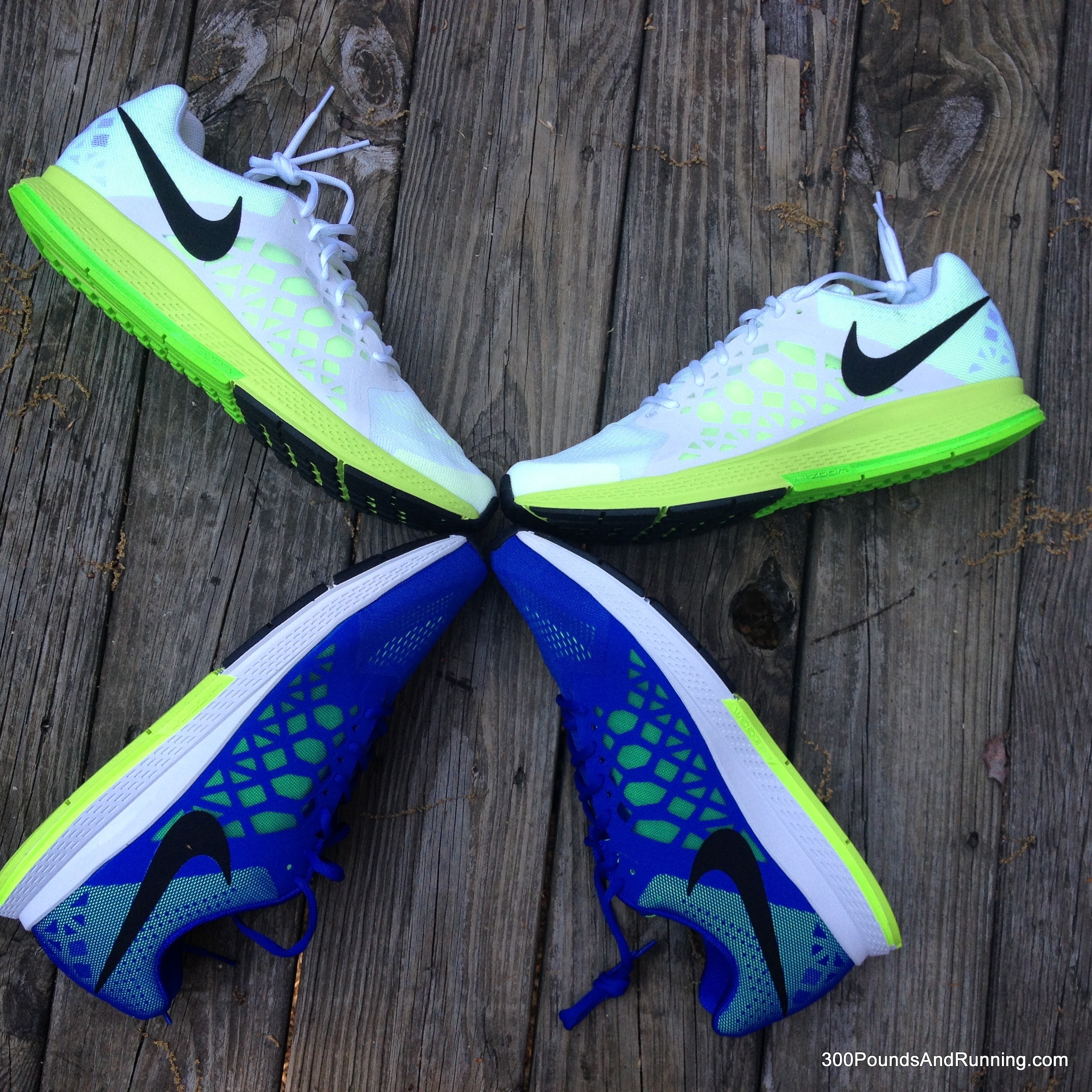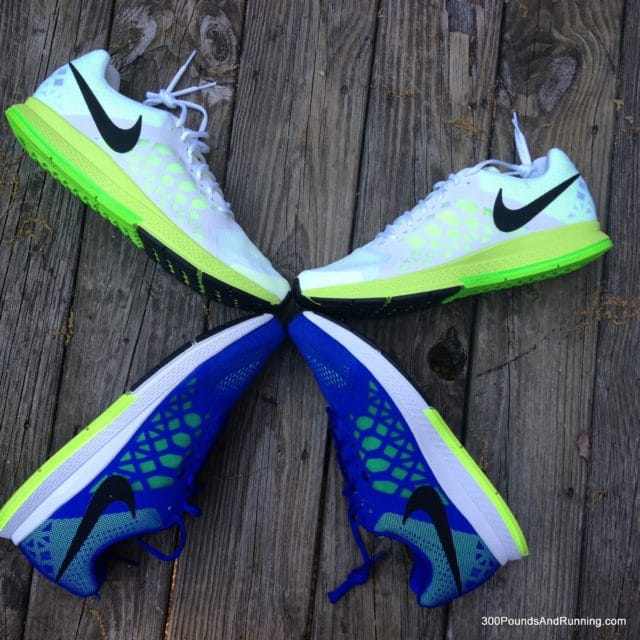Are you sick of trying diet after diet only to find out they don’t work for you? Well my friends I’m here to tell you that it’s not you – it’s the diet. First, let’s get something straight: I hate the word diet. It just screams torture. Here are 300 Pounds and Running, we don’t believe in diets. Instead, we believe in making smart choices daily that add up over the long run. Yes my friends I’m talking about lifestyle changes. Drop the diet and try these ten simple strategies for shedding pounds and keeping them off for good.
Simple Strategy #1: Change One Thing at a Time.
If you are trying to make a series of huge changes all at once, you’re most likely going to fail. Instead, write out a list of all the changes you want to make. Choose one that’s going to offer you the least resistance and try it. If you can make that lifestyle change permanent – or at least consistent for a few weeks – it’s time move on to the next. Then, just rinse and repeat.
Simple Strategy #2: Drink Two Glasses of Water before Every Meal.
Drinking water before every meal can be helpful, as it might you feel fuller quicker. In one recent study, people who followed the same diet as the control group but drank two glasses of water before every meal ate between 75 to 200 fewer calories and lost nearly 30% more weight over the course of the 12 week study. That’s equivalent to about 15.5 pounds lost instead of just 11.
Simple Strategy #3: Eat Slowly.
Do you always eat on the run? Eating too fast is a bad idea, as this doesn’t give your stomach enough time to tell your brain that you’re full. It takes around 30 minutes for your brain to receive those signals from your stomach, so if you eat more slowly you’ll not just enjoy your food more, you’ll eat less – and you’ll feel satiated more quickly.
Simple Strategy #4: Don’t Join the Clean Plate Club.
You’re not five years old anymore. It’s okay for you to leave some food on your plate. Tell your Momma I gave you permission to get up from the table if you’re full – there’s nothing wrong with leftovers. Having trouble leaving food behind when you go out to eat? Ask the server to prepare half of your food in a to-go box before it even leaves the kitchen. If the server is unable to do that, ask them to bring a box out with your meal and just put half of it away for later before you even take that first bite.
Simple Strategy #5: Eat on Smaller Plates.
Back in the day, most dinner plates used to be around nine inches across. Today, you’ll be lucky to find a dinner plate that’s smaller than 14 inches in diameter, and as our plates have gotten bigger, we’ve been eating more than we need to. In fact, One Cornell University study found that people consistently over-served themselves when using large dinnerware, thus consuming more calories than they need. Switch to a smaller plate if you can; if you have to eat on a large plate, fill at least half of it with veggies.
Simple Strategy #6: Keep a Journal.
Keeping track of your physical activity, what you eat, and how you feel, is one of the best simple strategies for losing weight ever. Keeping a journal also keeps you conscious of your meal selection over time. This will help you move toward healthier choices that will make you feel energized and full of life.
Simple Strategy #7: Get an Accountability Partner.
Recruit a friend, coworker, family member, or loved one to go on this weight loss journey with you. With someone coming with you along the way you’ll find yourself a bit more motivated to stick with it, especially since someone else is depending on you and you don’t want to leave your partner hanging. An accountability partner can be there for you during tough times, just as you can be there for them.
Simple Strategy #8: Stand Up More.
Did you know standing burns more calories than sitting down? Set a timer at work to go off every 25 minutes to remind you to get up and walk around for 5 to 10 minutes each time. Additionally, a standing desk can help you stay productive and burn more calories throughout the day. Looking for plans to make your own standing desk? Check out the one I used to make one for my own job.
Simple Strategy #9: Drink More Water.
This ties in nicely to strategy #2, but it goes further than that: it turns out that your body can’t tell the difference between hunger and thirst. Make sure you’re drinking enough water throughout the day. I make it a point to carry around my trustee Nalgene water bottle with me every day. I try to stick to a minimum of 3 to 4 bottles of water on a daily basis in order combat this sensation.
Simple Strategy #10: Remember That It’s a Lifestyle.
Remember that diets are temporary. By their very nature they don’t breed long-term success. In order to get that lasting success you need to build consistency, day in and day out, Look back to strategy #1: try one thing until you can do it consistently. It takes around three weeks or so to set a new habit, so give yourself enough time to incorporate one strategy before adding in a new one.
This isn’t an exhaustive list – you can add to it as you like if you find something that works for you. Have any other simple strategies you think belong on this list? Leave a comment below!
Until next time, keep crushing goals!


